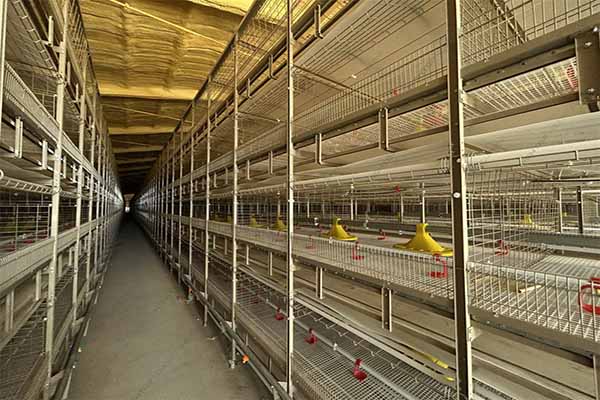Best Poultry Farming Practices for 30,000 Layers in Tanzania
In Tanzania, the poultry industry has been growing rapidly, and many farmers are looking to expand their operations to accommodate up to 30,000 layers. Achieving optimal production and health outcomes in such a large-scale operation requires a comprehensive understanding of best poultry farming practices. Here are some essential tips for managing a 30,000-layer poultry farm in Tanzania.
Biosecurity Measures
Maintaining high biosecurity standards is crucial to prevent disease outbreaks. Implement the following practices:
– Sanitization: Regularly clean and disinfect all equipment, vehicles, and personnel entering the farm.
– Isolation: Keep new birds in a separate area for a few weeks to monitor for any signs of illness.
– Vaccination: Ensure all birds are up-to-date with their vaccinations to protect against common poultry diseases.
Housing and Environment
Proper housing and environmental management are key to the success of a large-scale poultry operation:
– Ventilation: Ensure adequate air exchange to keep the house temperature comfortable and to reduce ammonia levels.
– Lighting: Use controlled lighting to simulate natural daylight, which can improve egg production and bird health.
– Flooring: Use solid flooring to prevent the spread of diseases and to make cleaning easier.
Feeding and Nutrition
Nutrition plays a vital role in the health and productivity of your flock:
– Quality Feed: Provide a balanced diet that meets the nutritional requirements of your birds at each stage of growth.
– Water: Ensure a constant supply of clean, fresh water.
– Supplements: Consider using supplements to support immune function and overall health.
Health Management
Regular health checks and prompt treatment are essential to prevent and manage diseases:
– Regular Checks: Conduct regular health checks to identify any early signs of illness.
– Disease Monitoring: Implement a disease monitoring program to detect and respond to potential outbreaks quickly.
– Professional Support: Consult with a veterinarian to develop a health management plan tailored to your specific needs.
Equipment and Automation
Investing in high-quality equipment can significantly improve efficiency and productivity:
– Automated Feeders and Waterers: These systems can reduce labor costs and ensure consistent feeding and watering.
– Climate Control Systems: Automated systems can maintain optimal temperature and humidity levels in the poultry house.
– Monitoring Systems: Use technology to monitor bird health, behavior, and production remotely.
Conclusion
Implementing these best poultry farming practices for a 30,000-layer farm in Tanzania can lead to increased productivity, reduced costs, and improved bird health. At livi Machinery, we specialize in providing top-quality poultry equipment and services to help you achieve these goals. Contact us today to learn more about how our solutions can benefit your farm.

